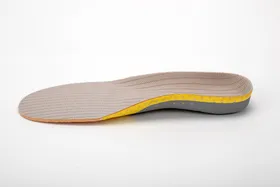Best Morton's Neuroma Orthotics
Updated May 14, 2025

Morton's neuroma is characterized by aggravation and swelling of a nerve in your forefoot, usually due to compression of the nerve by the surrounding tissue. Morton's neuroma is benign, it is caused by agitation of the nerve in the ball of the foot, often occurring between the third and fourth toes. When the tissue of the nerve between your toes thickens, swelling occurs and places pressure on the nerve itself, this all results in pain and discomfort.
A Morton's neuroma is also called an intermetatarsal neuroma, since it is located on the foot's ball, between the bones of the metatarsals. Morton’s neuroma is often made worse with physical activity. A narrow toe box, which compresses the metatarsals and abnormal weight translation over the forefoot has been linked as a cause of this condition.
Common Treatments for Morton’s Neuroma
As with most conditions affecting the feet, conservative management treatments such as natural treatments for foot pain, yoga for heel pain, and acupressure may be considered first in an attempt to manage these conditions effectively.
Orthotics
Orthotics are a cost-effective and safe way to manage symptoms arising from Morton’s neuroma. Orthotics work to redistribute the weight throughout the foot, limiting the pressure applied to the area around the neuroma, thus reducing aggravation of pain. Orthotics have shock-absorbing qualities which will further reduce the shock placed onto the forefoot as it strikes the ground.
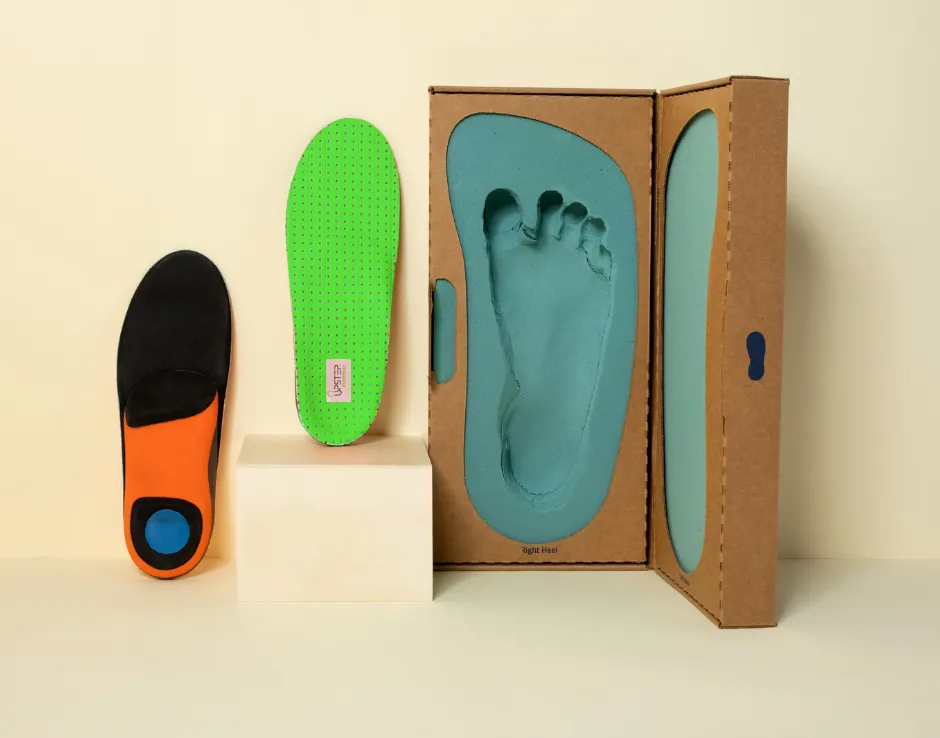
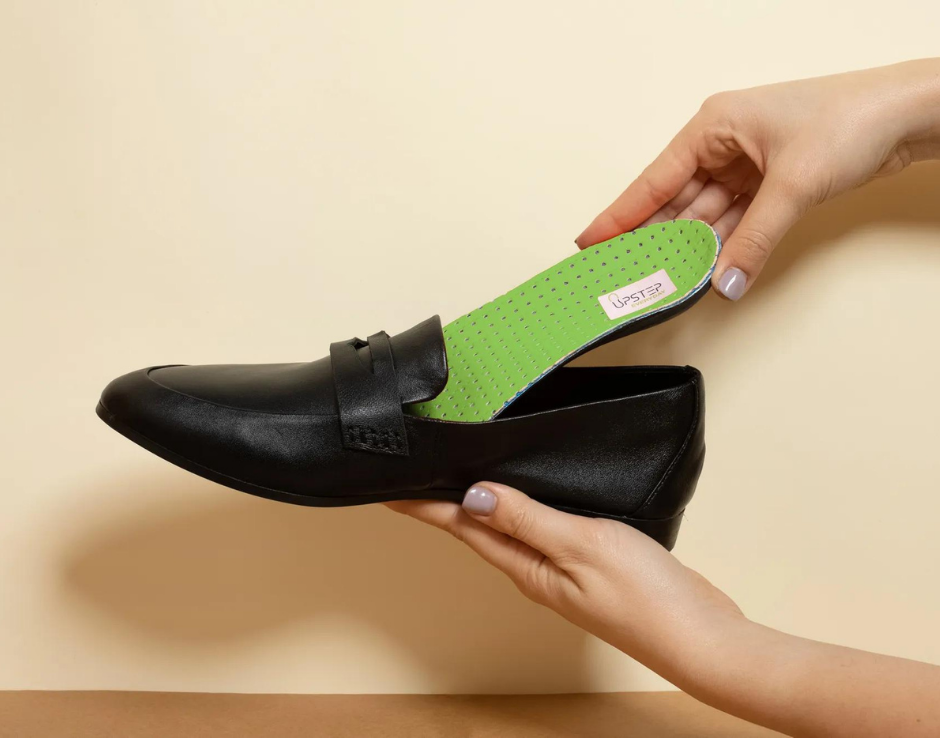
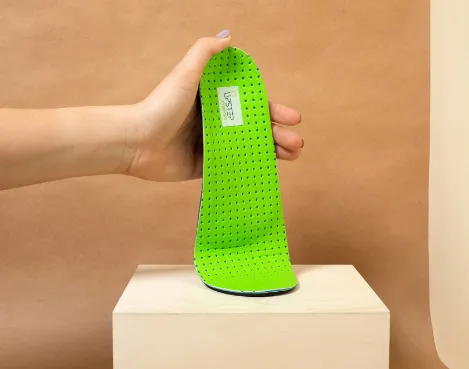
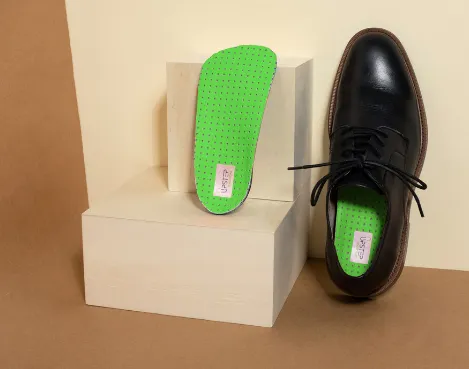
Change in footwear
Making a change in footwear is an effective and easy way of managing this condition. It is important to refrain from wearing shoes with a narrow toe box or high heels, as this may squeeze the metatarsals together and compress the nerve between them. Wearing shoes with a wide toe box and lower heel can reduce the compressive forces placed onto the forefoot, thus greatly improving your overall experience of symptoms. Refrain from wearing high heels if you are suffering from pain in the forefoot.
Corticosteroid injections
Corticosteroid injections can be used to manage inflammation and pain that you may be experiencing in your foot. Corticosteroids usually reduce inflammation in the body for 3-6 months. One cannot have corticosteroid injections for an extended period, as complications in the foot can occur. The complications include: swelling or pain following the injection, fat pad atrophy in the foot, skin discoloration, increased blood sugar levels, and infection. Should you suspect any of these are occurring as a result of corticosteroid injections, consult with a medical professional regarding this. Cessation of corticosteroid injections is advised after complications while continuing to make use of other conservative strategies to treat this condition.
For best results, it is best to use a combination of the three management strategies mentioned above. Surgical intervention can be considered in severe cases by a doctor should conservative management strategies not provide relief from pain or discomfort when standing or walking. Surgery involves the doctor making an incision, usually at the top of the foot, and removing the inflamed nerves altogether from the foot. This is called a neurectomy.
Types of Orthotics for Morton’s Neuroma
It is recommended to use orthotics that have a durable, yet soft and cushioned surface to support the entirety of the foot. Padding around the forefoot area specifically supports the metatarsals and spreads the toes enough to reduce the aggravation of the nerve between them. Metatarsal pads are an effective way to manage symptoms that come along with Morton’s neuroma.
If insoles are aggravating your symptoms after a certain period, they may be increasing the pressure applied to the forefoot area and pain can arise.
Best Orthotics for Treating Morton's Neuroma
Orthotics have been well-documented to aid in symptom reduction in people suffering from Morton's neuroma. Metatarsal support and arch supports have benefits and have both shown good results in reducing overall symptoms experienced and improving general function.
When looking for custom insoles for your pain associated with Morton's neuroma, it is best to look for insoles that have added support for the metatarsal bones, as well as the forefoot. That's why we suggest you try the Upstep Metatarsalgia Custom Orthotics
Once placed into the shoe and the foot placed onto the orthotic, the padding then works to spread the metatarsal bones, allowing space for the nerve to not be compressed by the surrounding structures when weight is placed onto the foot.
Upstep insoles are affordable, FSA and HSA-eligible, and offer interest-free payments through Klarna. They include free shipping, a 180-day money-back guarantee, and free remakes to ensure satisfaction.
Orders are fulfilled quickly by a large, skilled team, serving the most customers among online brands, with customer service backed by over 14,000 5-star reviews.
Can Orthotics Cure Morton's Neuroma?
For most conditions of the foot, orthotics do not cure a condition entirely but can aid tremendously in relieving symptoms of the associated condition. Morton’s neuroma orthotics can reduce symptoms of pain and inflammation in the foot greatly and is commonly used globally. If you're still not sure if you need orthotics, take a look at our post on How to Tell if You Need Orthotics.
Adjusting to the new orthotics may take some time for your foot, but after a certain period, your foot will adjust, and using custom orthotics will provide a comfortable stable platform to move and walk on. Should the symptoms of Morton’s neuroma progress and begin to limit activity, please seek medical advice regarding management of this to prevent it from getting worse in the future.









